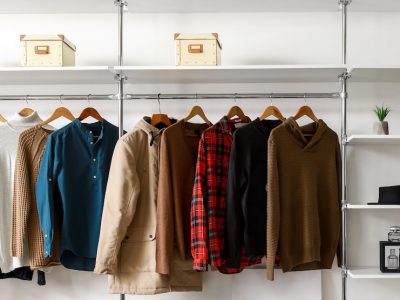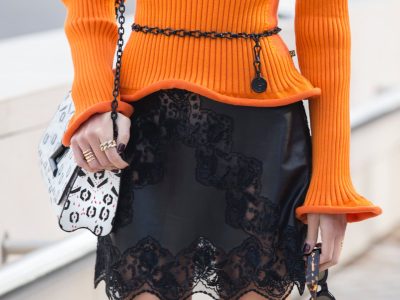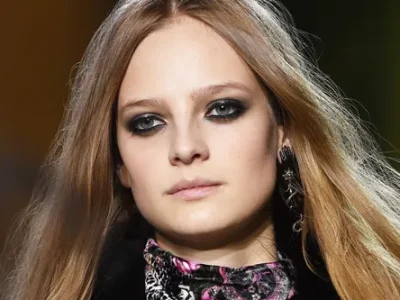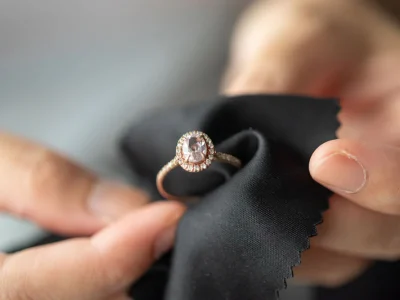Fashion is more than just a way of dressing; it’s a form of self-expression that extends beyond aesthetics, influencing our emotions, self-esteem, and overall mental well-being. In this article, we’ll delve into the intricate relationship between fashion and mental health, exploring various aspects that showcase the profound impact clothing choices can have on our minds.
Introduction
In a world where personal style is an integral part of identity, the connection between fashion and mental health becomes increasingly evident. The choices we make regarding clothing not only reflect our individuality but also play a significant role in shaping our emotional and psychological states.
The Impact of Clothing Choices on Mood
The concept of “dress for success” goes beyond the professional realm. Our clothing choices can significantly impact our mood and emotions. For instance, vibrant colors are known to evoke positive feelings, while darker tones may have a more subdued effect. Understanding the psychology behind these color choices allows individuals to make intentional decisions that positively influence their mental state.
Body Image and Self-Esteem
The influence of fashion on body image is undeniable. Societal standards perpetuated by the fashion industry can contribute to distorted perceptions of beauty, affecting individuals’ self-esteem. This section explores the intricate relationship between fashion trends and the development of one’s self-esteem, shedding light on the importance of promoting body positivity.
Expressing Individuality Through Style
Personal style is a powerful means of expressing one’s identity and creativity. Embracing a unique fashion sense can boost confidence and contribute to a positive self-image. This section explores how individuality through style acts as a form of self-expression, positively impacting mental well-being.
Social Influences on Fashion and Mental Health
In the age of social media, fashion choices are often influenced by external pressures to conform to societal norms. Analyzing the impact of these influences on mental health, we explore the challenges individuals face in navigating the fine line between personal expression and societal expectations.
Fashion as a Form of Self-Care
Dressing well is not merely a superficial act but can be a form of self-care. This section delves into the therapeutic aspects of grooming and self-presentation, highlighting how conscious choices in fashion contribute to an individual’s overall well-being.
The Dark Side of Fashion Industry Pressures
While fashion can be empowering, the industry’s unrealistic beauty standards can have detrimental effects on mental health. This section sheds light on the dark side of industry pressures, prompting a critical examination of the expectations placed on individuals by the fashion world.
Fashion and Seasonal Affective Disorder (SAD)
Seasonal changes in fashion often coincide with shifts in mood, particularly for those affected by Seasonal Affective Disorder (SAD). Understanding this connection, we explore strategies for managing mental health during seasonal transitions, emphasizing the importance of self-awareness and self-care.
The Therapeutic Aspect of Retail Therapy
Shopping for clothes is more than a consumerist act; it can be a form of therapy. This section discusses the fine line between healthy and unhealthy shopping habits, offering insights into how retail therapy can positively impact mental well-being when approached mindfully.
Inclusive Fashion and Mental Health
Representation in the fashion industry matters. In this section, we examine how inclusive fashion positively influences mental health by promoting a sense of belonging and acceptance. Celebrating diversity and breaking away from traditional beauty standards contribute to a healthier perception of oneself.
Fashion and Workplace Well-Being
The influence of fashion extends to professional settings, where workplace dress codes can affect employee mental health. This section provides tips for maintaining well-being in the workplace, emphasizing the importance of balancing professional attire with individual comfort.
Cultural Influences on Fashion and Mental Health
Cultural background plays a significant role in shaping fashion choices. This section explores the intersection of cultural identity and mental health through fashion, emphasizing the importance of respecting diverse perspectives and embracing cultural inclusivity.
Fashion and the Therapeutic Power of Rituals
Getting dressed is a daily ritual that holds therapeutic power. Examining the psychological impact of these rituals, we discuss how establishing a routine in personal grooming contributes to mental well-being, providing a sense of stability and comfort.
Sustainable Fashion and Mental Well-Being
The growing trend of sustainable fashion goes beyond environmental concerns; it also positively impacts mental health. This section explores the mental health benefits of adopting sustainable fashion practices, promoting conscious consumerism as a path to a more fulfilling and ethically conscious lifestyle.
Conclusion
Fashion’s influence on mental health is multi-faceted, ranging from the personal choices we make to the broader societal and cultural contexts. By understanding the intricate connections between fashion and mental well-being, individuals can make informed choices that contribute to a more positive and holistic sense of self.













Comments